[vc_row][vc_column width=”1/1″][mk_custom_box bg_color=”#466f73″ bg_position=”left top” bg_repeat=”repeat” bg_stretch=”false” border_color=”#ffffff” padding_vertical=”30″ padding_horizental=”20″ margin_bottom=”10″ min_height=”100″]
It’s a brand-spankin’ new year, and, as usual, I’m thinking about how to make the most of the fresh start. The start of a new year is a great “landmark” to use as a reminder to rethink your goals–and your processes for meeting those goals. Remember, goals in and of themselves are not going to create positive change for you. You need to break those goals down into actionable steps, set deadlines, and create a process to make sure that progress is really being made!
As a self-employed person, what are some good goals for the new year to get organized with your finances, and how can you make those happen? I’m so glad you asked!
Goal #1: Keep Impeccable Records
Keeping records will not only keep you organized, but it will also help you at tax time and (God forbid you have to face it) audit time. If you want NEXT YEAR’S tax time to be a breeze, you need to start getting organized NOW. In your records, you want to know exactly how much money you’re bringing in and where it’s coming from plus exactly how much money you’re spending and where it’s going. That’s what it boils down to. You could track it with pen and paper, on a spreadsheet, or, my recommendation, in financial software.
I’ve mentioned this before: using a cloud-based accounting software such as Wave, Xero, or Quickbooks is a great idea because it is secure and it does a lot of your work for you (especially math)! Link one of those apps to your bank account, and then you’ll just need to categorize and verify the transactions and attach your receipts for expenses.
For income:
- Note how much you receive and when.
- Note from whom the money comes. Remember, at tax time, you need to report all income, and I do mean all.
- Categorize the income so that you know whether it is tip money, salary, payment for services, or whatever it may be.
For expenses:
- Note how much you are paying and when.
- Note who you are paying. (If you pay a contractor over $600 in one year, you’ll need to file a 1099 at the end of the year.)
- Categorize the expense. This is possibly even more important than categorizing income. Expense categorization will help you when it comes to tax write-offs. You’ll need to know exactly why you spent $500 many months ago, and you don’t want to leave it up to memory!
- Attach your receipt. You should be able to download an emailed receipt or take a picture of your physical receipt and attach it to your expense transaction so that you have proof of what you purchased in case of audit. I also like to keep all of my receipts/invoices from a single calendar year together in one folder that is synced between my computer and Dropbox.
Goal #2: Keep Personal and Business Money Separate
It’s easy to let the waters become muddy between personal and business finances. Usually, this means you’re taking from your business money for personal use, and that can be bad news! As a sole proprietor, you’re probably setting aside money for those quarterly taxes and maybe also for upcoming marketing and education needs. If you spend that money on bills and vacations, then you’ll be borrowing from your personal money to pay those expenses later!
However, even without a business bank account, you can open a separate free checking account to use for all of your business-related transactions (as long as you’re receiving money in your own name), and this can help you keep things separate! Commit to using your new account ONLY for business-related expenses. That money is not available to you for personal needs.
Goal #3: Create and Stick to a Budget
There is a ton of advice online, and if you set aside a good amount of time, you should be able to work through and create a budget for yourself. If you are too number-challenged, attention-challenged, or time-challenged to do it yourself, get help! You can turn to a savvy relative or friend (ask someone who you know is good with his own money), a financial adviser, or in some cases even a virtual assistant like myself can help you with budgeting. You’ll need to be very open with your helper about exactly what you have and what you spend, though! Otherwise, it won’t work.
When you budget your personal money, remember to take into account your regular bills (rent/mortgage, utilities, insurance, car payments), debts (credit cards, loans), recurring expenses (animals that go to the vet, doctor copays, groceries, gas), savings (emergency fund, retirement contribution), and spending money. If you don’t budget some spending money for yourself, you are likely to spend it anyway, but it will be coming from somewhere else, so set something aside for yourself, and stick to that amount! If needed, you can withdraw cash each month so that you are limited.
As for sticking to the budget, consider this idea. At the start of the month, write down how much money you have available for each category. Then, as you spend it, cross that number out and write in the new amount that is remaining. Put this somewhere in plain sight, like on your refrigerator. Alternatively, you can use Mint to set up your budget. You’ll just need to remember to log in and check that it’s categorizing things correctly and see how much of your budget is remaining!
Tip: If you have a grocery budget of $400 a month, give yourself $100 a week for a grocery shopping trip, and use a calculator at the store as you shop to make sure you don’t go over. You’ll learn to prioritize foods that will stretch and sustain you.
[/mk_custom_box][/vc_column][/vc_row]
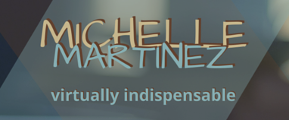

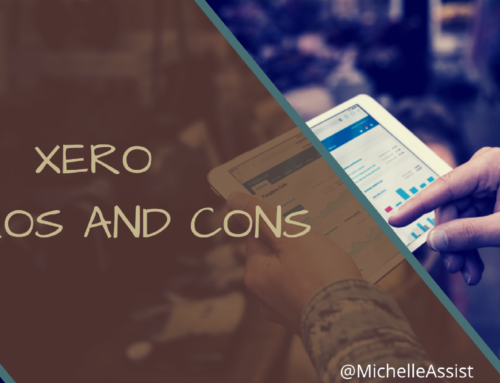
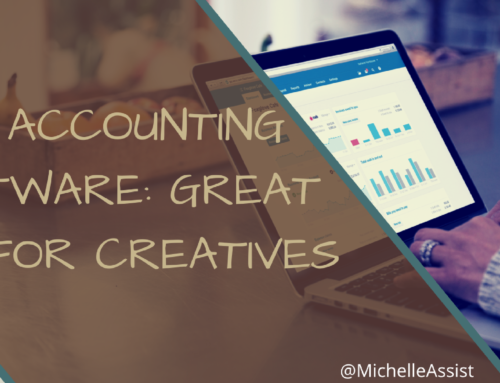


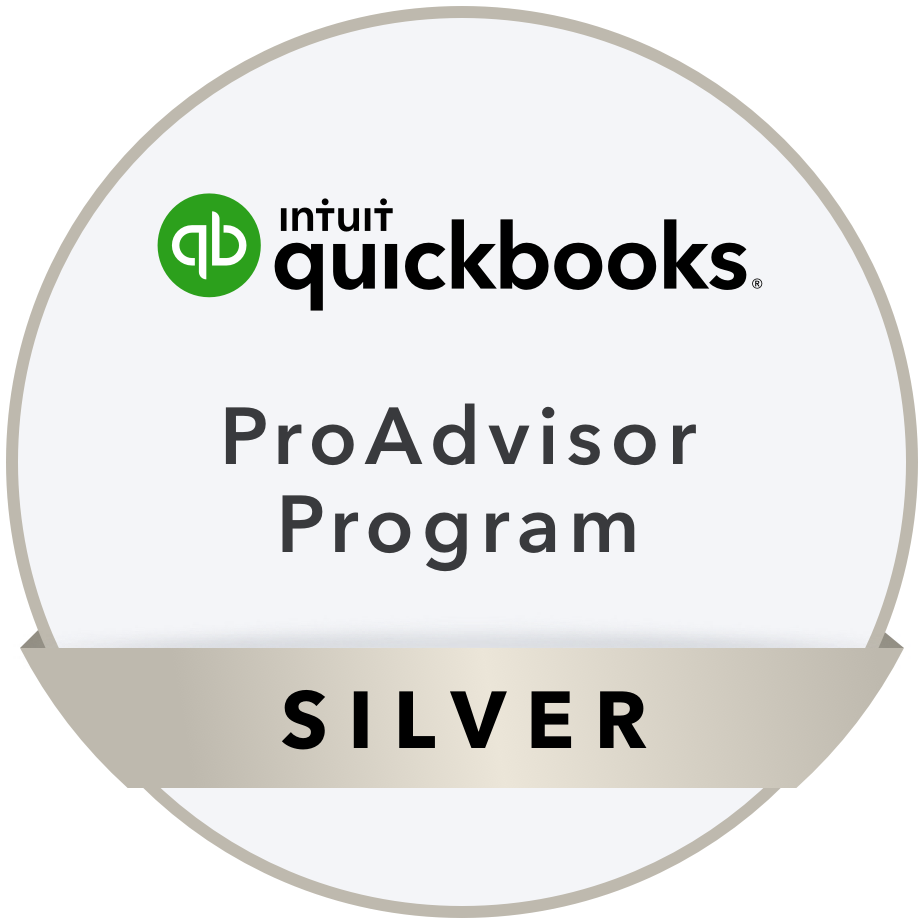
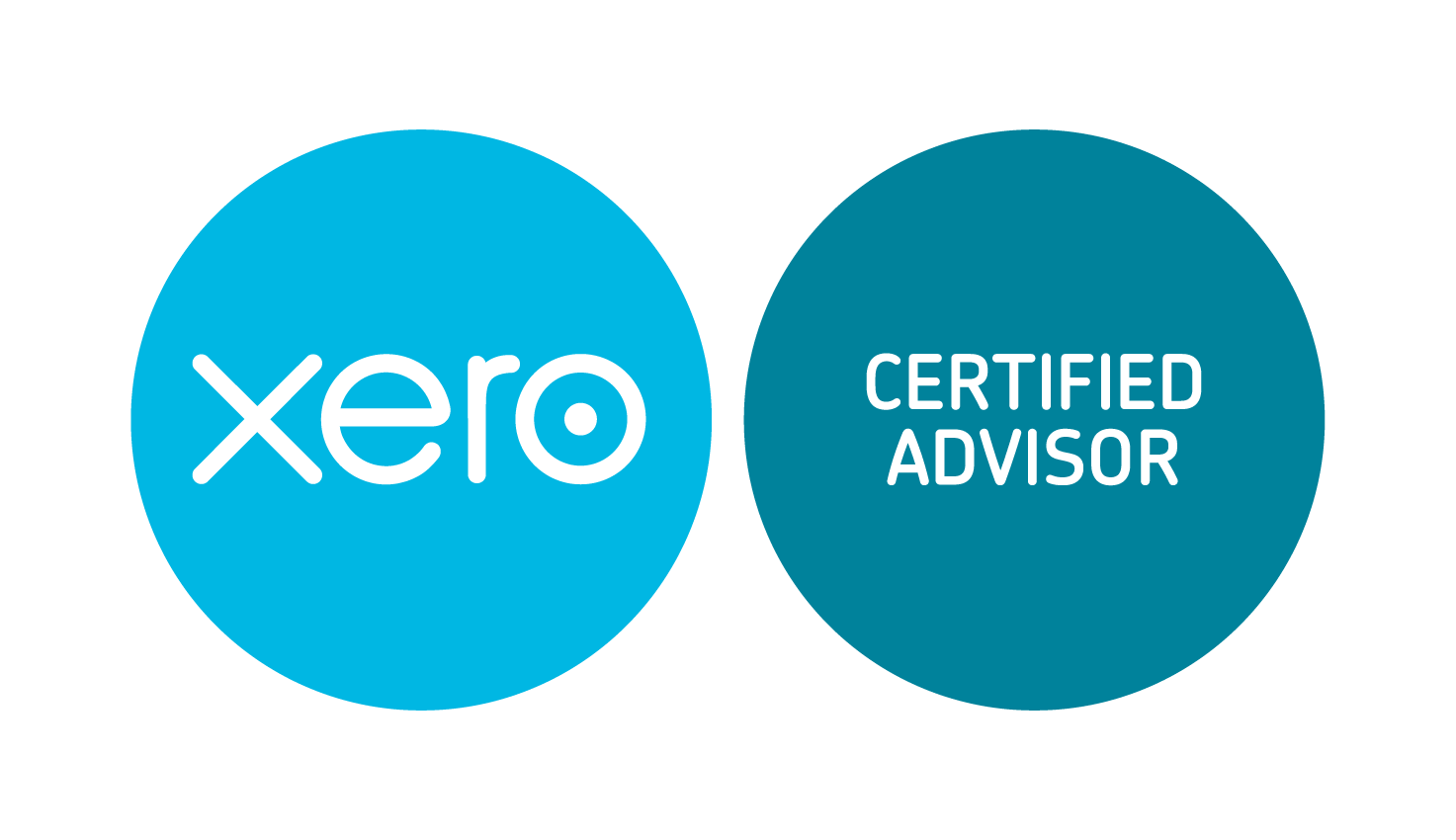
Leave A Comment